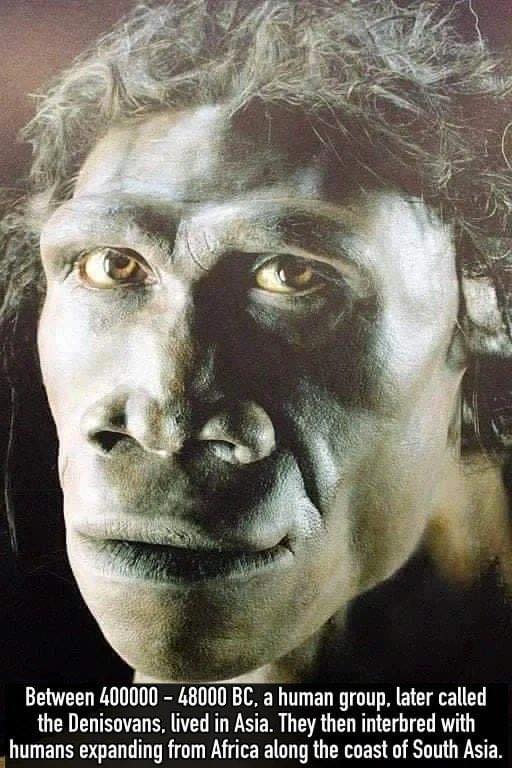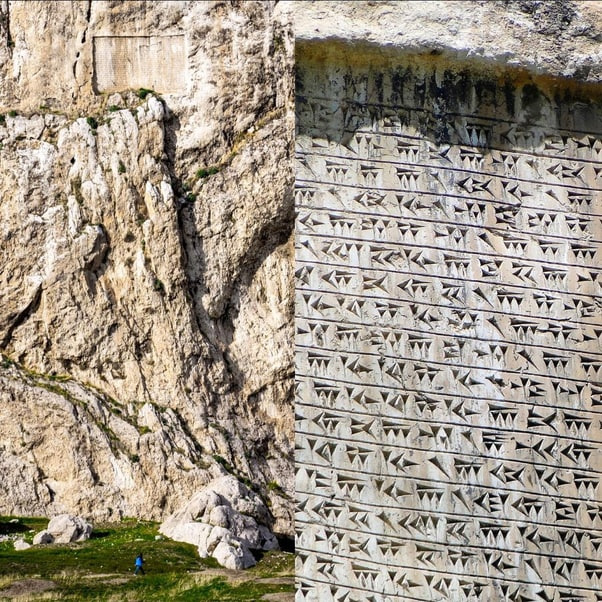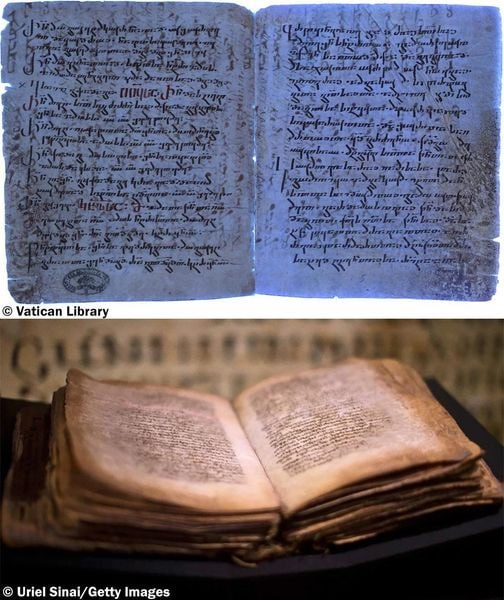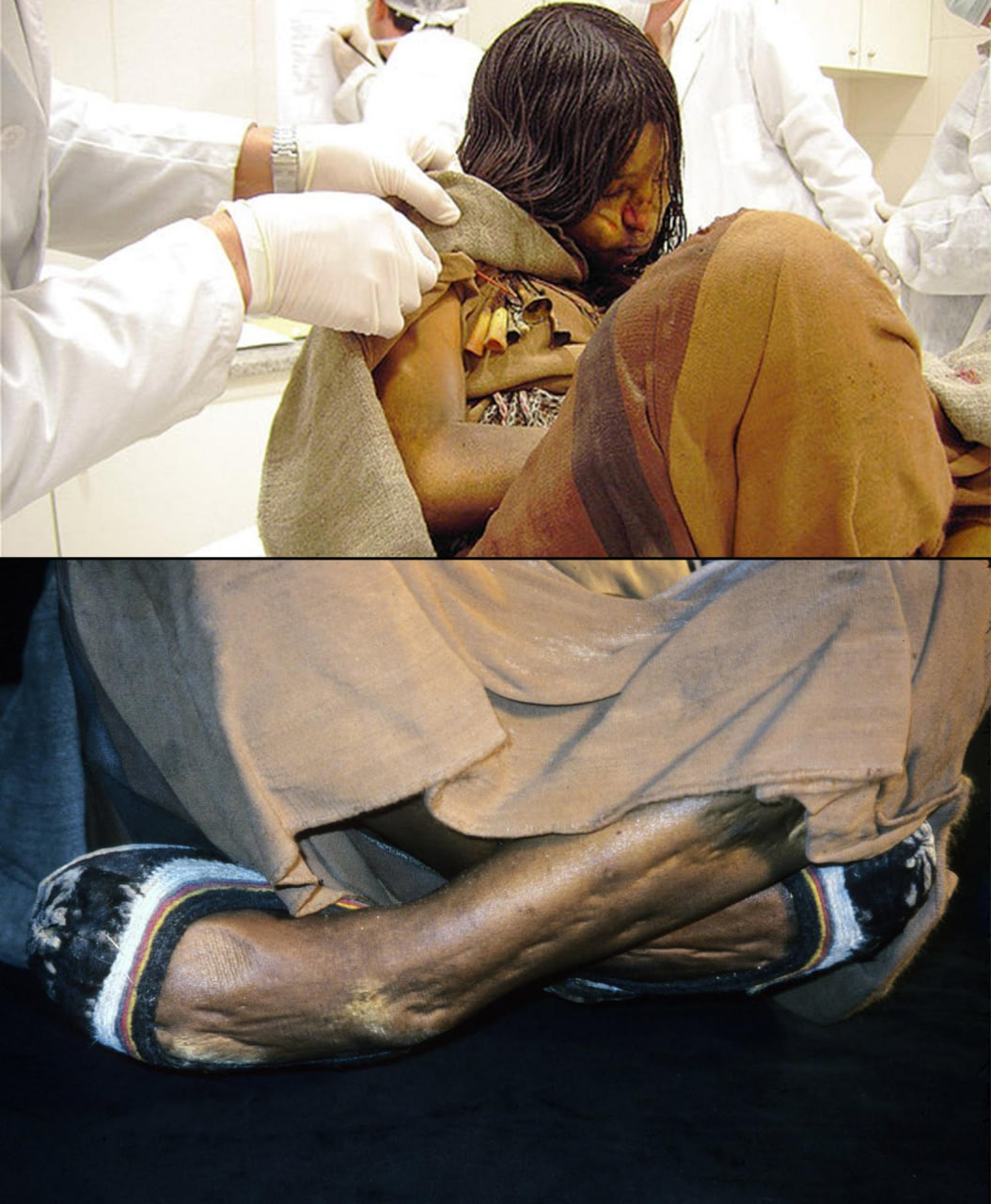In the heart of the Aegean Sea, on the island of Santorini, lies a snapshot of ancient life preserved by one of the most cataclysmic volcanic events in human history.
The photograph captures the remains of a prehistoric house from the Bronze Age settlement of Akrotiri, a town that was once bustling with activity before it succumbed to the Theran eruption in the 16th century BCE. This house, along with the rest of the settlement, was buried and remarkably preserved under layers of volcanic ash, giving us an invaluable window into the distant past.

The structure in the image stands as a testament to the advanced architectural skills of the Aegean Bronze Age civilization. The visible timber elements that once supported the structure, now petrified and sullen, tell a story of a people adept in combining functionality with the materials provided by their natural environment. The walls, though eroded by the passage of over three millennia, still bear the weight of history, encapsulating the daily lives of those who dwelt within.
The excavation site, captured here in this silent stillness, has offered a wealth of artifacts and insights, painting a picture of a sophisticated society with complex urban planning, extensive trade networks, and a rich artistic culture. Frescoes, pottery, and tools unearthed in Akrotiri provide a narrative that contradicts the notion of a 'primitive' prehistoric life.

This particular house, a fragment amidst the ruins, is a poignant reminder of the suddenness with which disaster struck. The Theran eruption was one of the most significant volcanic events in the ancient world, with ashfall recorded as far as Egypt. It is speculated to have caused significant climatic disruptions and may have even inspired the legend of Atlantis.
The preservation of Akrotiri under volcanic ash has often been compared to the Roman city of Pompeii, offering a parallel in the way both settlements were frozen in time. However, unlike Pompeii, it appears that the residents of Akrotiri were able to evacuate in time, as few human remains have been found on the site.

Today, this house stands within a protective enclosure, part of an archaeological site that draws scholars and tourists alike, eager to learn and witness firsthand the might of nature and the endurance of culture. It serves as a powerful connection to our ancestors, their ingenuity, and their vulnerability in the face of nature's unpredictable power.
As we look upon these remains, we are reminded of the fragile thread that connects us to our past and the enduring legacy left behind by a civilization that flourished over 3,600 years ago. The house in Akrotiri is not just a structure of walls and beams; it is a chapter in human history, preserved for eternity in the embrace of volcanic ash.





